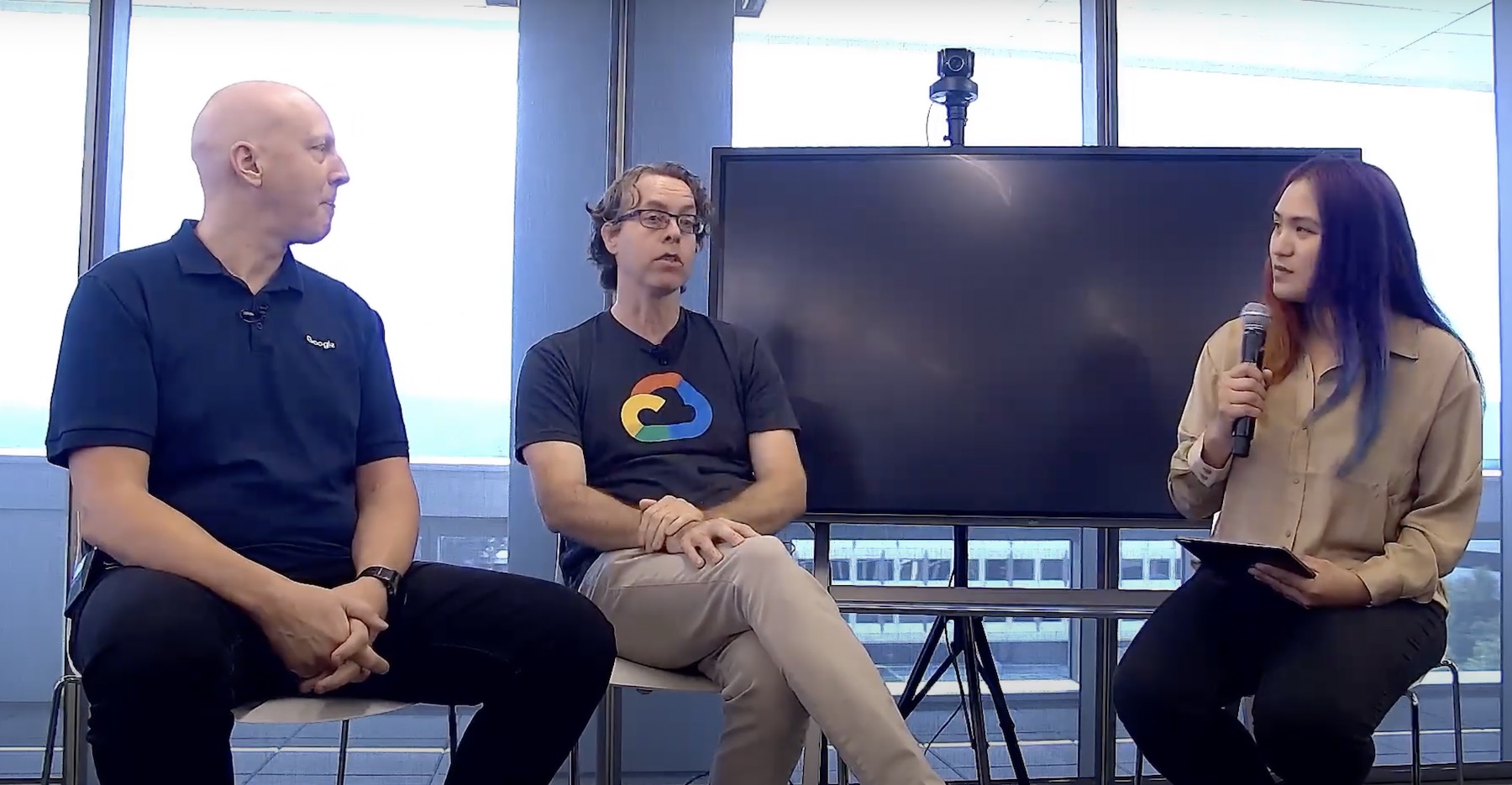This week at Dell Technologies World, VMware announced their Virtual Cloud Network vision and the expanded NSX portfolio of products. This announcement continues VMware’s expansion from their early days as a virtualization innovator to a full stack of solutions that encompass the datacenter, storage, networking, security, client virtualization, mobility, and now the WAN and cloud.
For those of us who’ve followed the SD-WAN market, we’ve been eager to see how VMware integrates VeloCloud acquisition into their already robust software stack. We’re now seeing the first glimpses of that vision.
Until now, SD-WAN networks have existed on an island separate from other network infrastructure. To achieve end-to-end segmentation from the datacenter to the edge, several technologies (datacenter, network and security) needed to be manually stitched together with SD-WAN segments. While doable, this type of infrastructure integration required significant design effort and configuration.
Now, as part of NSX SD-WAN by VeloCloud, SD-WAN network segments can connect directly to NSX Data Center edge gateways allowing NSX Data Center firewall policy to manage traffic in and out of SD-WAN segments. The benefits of SD-WAN, including intelligent traffic steering, support for disparate transport types, and centralized WAN management combine with the value of centralized policy inside of datacenter environment.
For years, IT organizations have been looking for ways to reduce the number of policy enforcement points in their infrastructure. Policy enforcement has traditionally occurred across disparate technologies (routers, firewalls, virtualization infrastructure, active directory, etc) by disparate teams that do not always communicate well with one other. From my vantage point, no other vendor has a vision as complete as VMware. Their continued integration across the entire IT stack allows organizations to move closer to the holy grail of a unified policy enforcement from storage to cloud.
As technology resources expand from the datacenter, into the cloud, and out to the edge, the ability to execute consistent policy across infrastructure has decreased. The complexity of managing and securing datacenter, disparate clouds, and edge resources with the tools at hand has increased by orders of magnitude — making sane management difficult, if not impossible. Anyone who’s been part of a project to connect multiple cloud services to legacy resources knows that integrating cloud services with legacy infrastructure is far from simple and fraught with peril. The promise of consistent policy across the entire infrastructure is compelling.
Enter NSX Cloud. NSX Cloud is available in AWS today and brings overlay networking to cloud infrastructure. This overlay network allows your organization to use a consistent set of security policies and APIs to manage your cloud and on-premises infrastructure. And unlike other cloud network and security technologies, you an continue to use all of the native connectivity constructs inside of AWS including ELBs, Route 53, Direct Connect, and RDS.
Most organizations, however, will not limit their services to a single cloud. With this in mind, Pat Gelsinger announced native NSX capabilities for Microsoft Azure in his keynote. Documentation for NSX in Azure is not yet available, but VMware’s announcement underscores their commitment to providing a consistent platform and consistent policy from the datacenter to every cloud.

Radical changes are brewing in the world of infrastructure and connectivity. Companies like VMware are charting a path to transform, organize, simplify, and automate the services we create, maintain, and support. However, no product can solve the hardest problems faced by technology organizations. Along with the right technology, IT shops will need to rethink their approach to organizational structure, relationships, silos, and change management. Successful organizations will be those who chose the right technology and restructure their teams to most effectively utilize that technology in the years to come. The combination of the right technology with the right organizational structure will determine the companies who ride the wave of digital transformation and those who are flattened by it.




